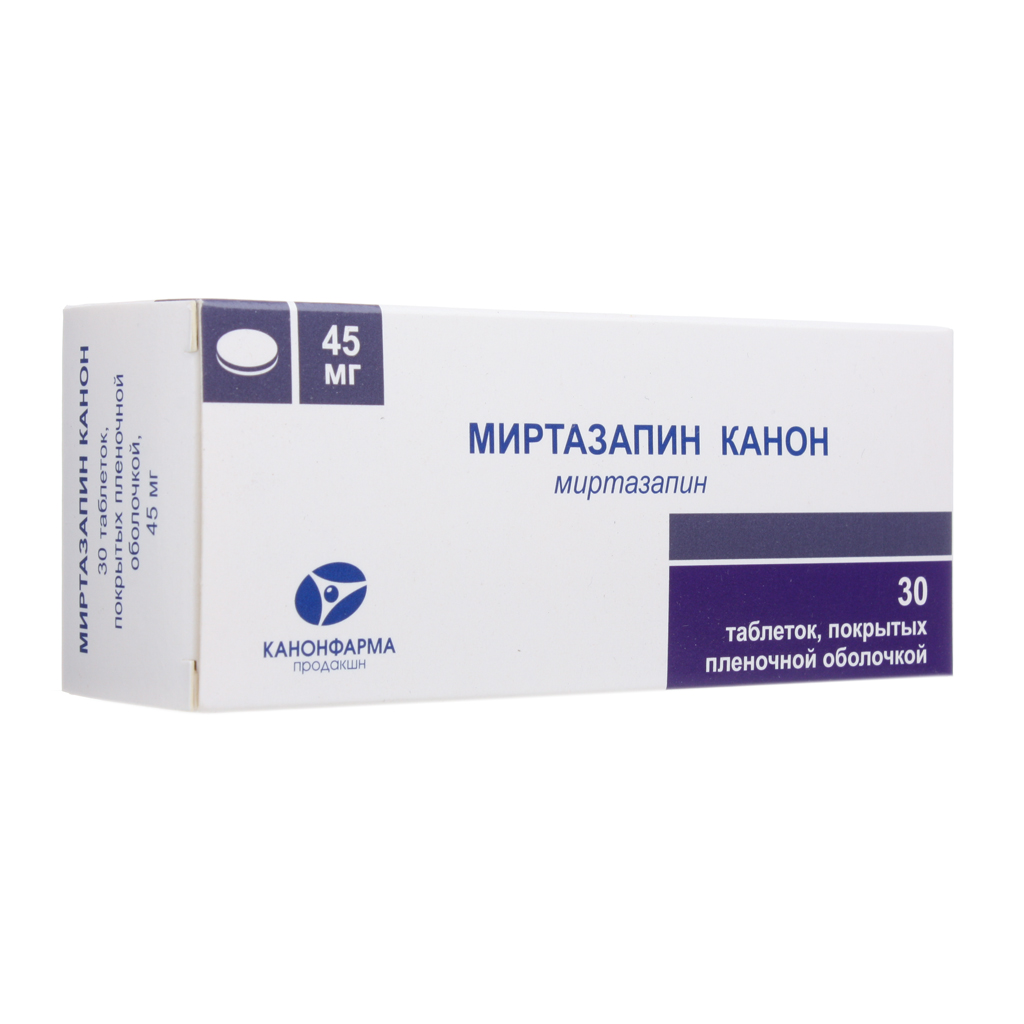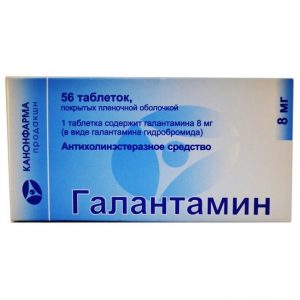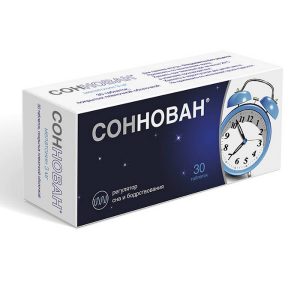Description
Release form of
film-coated tablets.
Packing
10 pcs. – blister packs (3) – packs of cardboard.
Indications
Depressive conditions (including anhedonia, psychomotor retardation, insomnia, early awakening, weight loss, loss of interest in life, suicidal thoughts and lability of mood).
Contraindications
Renal and hepatic failure, pregnancy, lactation, hypersensitivity to mirtazapine.
Use during pregnancy and lactation
Contraindicated in pregnancy and lactation.
Special instructions
Used with caution in patients with epilepsy and organic brain lesions, with impaired liver and / or kidney function, acute cardiovascular disease, with arterial hypotension, impaired urination due to benign prostatic hyperplasia, with closed-angle diabetes mellitus.
In patients with schizophrenia, mirtazapine may cause increased delirium, hallucinations. In the treatment of the depressive phase of manic-depressive psychosis, this condition can go into the manic phase.
Sudden discontinuation of mirtazapine after prolonged treatment may cause nausea, headache, and poor health.
It should be borne in mind that if symptoms such as fever, sore throat, stomatitis appear during treatment, stop treatment and do a clinical blood test.
If jaundice occurs, mirtazapine should be discontinued.
Do not use concomitantly with MAO inhibitors and within 2 weeks after their withdrawal.
Perhaps the development of drug dependence, withdrawal.
During treatment, patients should refrain from drinking alcohol.
Mirtazapine is not used in children due to the lack of data on the effectiveness and safety of its use in pediatric practice.
Effect on the ability to drive vehicles and control mechanisms
Use with caution in patients whose activities are associated with the need for a high concentration of attention and speed of psychomotor reactions.
Composition of
mirtazapine – 45 mg.
Dosage and administration of
When administered orally, the effective dose for adults is 15-45 mg / day, preferably 1 time / day before bedtime.
The dose is gradually increased to 30-45 mg / day. The antidepressant effect develops gradually, usually after 2-3 weeks from the start of treatment, however, administration should be continued for another 4-6 months. If no therapeutic effect is observed within 6-8 weeks of treatment, treatment should be discontinued.
The abolition of mirtazapine is carried out gradually.
Side effects of
According to the results of controlled trials lasting 6 weeks, treatment was discontinued due to side effects of approximately 16% of 453 patients receiving mirtazapine, compared with 7% of 361 patients receiving placebo. Side effects observed in? 1% of patients associated with discontinuation of treatment and recognized to be due to mirtazapine (i.e., those observed with mirtazapine treatment at least 2 times more often than placebo) include the following: drowsiness 10.4% ( 2.2%), nausea 1.5% (0%).
The following are side effects that were observed in short-term (6-week) placebo-controlled trials in 1% or more cases and were more frequent than in the placebo group (in parentheses,% occurrence in the placebo group). Keep in mind that these data cannot be used to predict the occurrence of side effects in normal medical practice, because the condition of patients and other factors differ from those that prevailed in clinical trials. The figures given for the incidence of side effects may differ from those obtained by other clinical researchers, however, they can give the doctor information on the relative contribution of the substance itself and other factors (not related to drugs) to the development of side effects in the studied population.
From the nervous system and sensory organs: drowsiness 54% (18%), asthenia 8% (5%), dizziness 7% (3%), unusual dreams 4% (1%), impaired thinking 3% (1% ), tremor 2% (1%), confusion 2% (0%).
From the digestive tract: dry mouth 25% (15%), increased appetite 17% (2%), constipation 13% (7%).
Other: weight gain 12% (2%), flu-like syndrome 5% (3%), back pain 2% (1%), myalgia 2% (1%), increased urination 2% (1%), peripheral edema 2% (1%), dyspnea 1% (0%).
Adverse effects observed in these clinical trials in at least 1% of patients receiving mirtazapine and less frequently than in the placebo group: headache, infection, chest pain, palpitations, tachycardia, orthostatic hypotension, nausea, dyspepsia, diarrhea , flatulence, decreased libido, hypertension, pharyngitis, rhinitis, sweating, amblyopia, tinnitus, taste perversion.
Drug interaction
With the simultaneous use of mirtazapine enhances the sedative effect of benzodiazepine derivatives.
A case of the development of a hypertensive crisis with simultaneous use with clonidine is described.
With simultaneous use with levodopa, a case of the development of severe psychosis with sertraline is described – a case of the development of hypomania.
With simultaneous use with ethanol, it is possible to increase the inhibitory effect of ethanol and ethanol-containing drugs on the central nervous system.
Overdose
In a dry, dark place at a temperature not exceeding 25 ° C.
Keep out of the reach and sight of children.
Terms of storage
2 years.
Active ingredient
Mirtazapine
drugstore conditions
drugstore
lekarstvennaja tablet form
Kanonfarma, Russia




